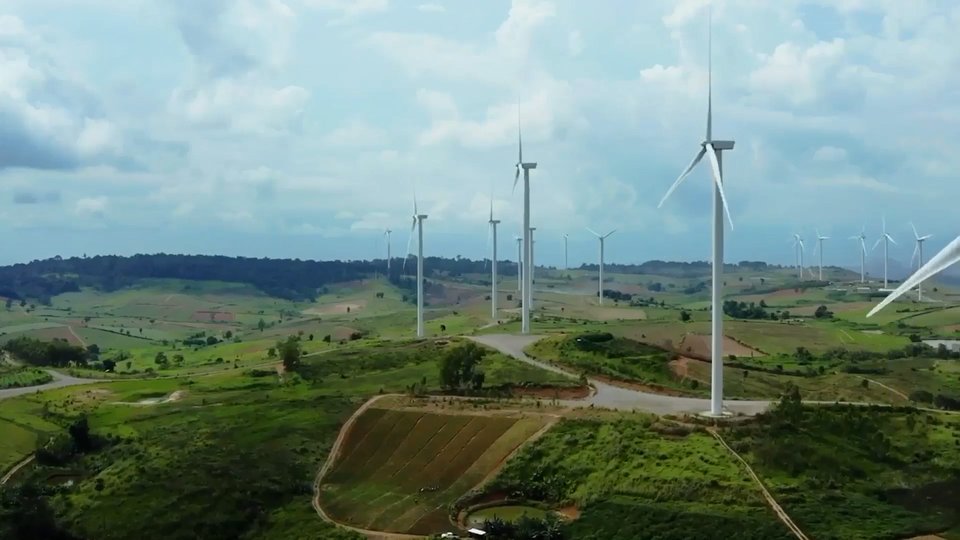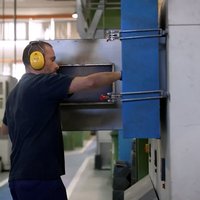José Gómez Vilar: "Computer biology uses computers to investigate biological systems"
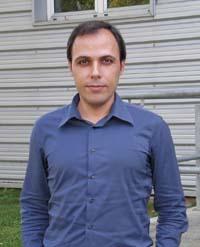
I have always been very attracted to the subjects of physics. I liked to know how things work in one way or another. I have always had that passion. When I was a child, I dismantled toys, watches, radios and everything around me to analyze the interiors of those devices. But the truth is that I also liked biology. The question was that I did not like to study things of memory, and in school we were often forced to do so on biological issues.
In computational biology, biology can be studied using physics. Perhaps that is why I have based my research on this topic in recent years. The aim of my research is to predict the behavior of biological systems through physical or engineering techniques.
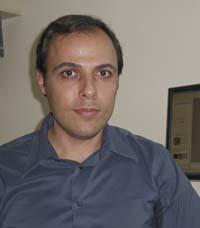
Computational biology, as its name suggests, uses computers to investigate biological systems. The objective is to extract the knowledge that underlies the data of biological experiments. For this purpose it uses advanced mathematical tools or equations. It covers fields such as chemistry, biochemistry, mathematics, system engineering, etc.
Yes, that's right. Computational biology has several fields or levels of application. On the one hand, we can analyze the behavior of the molecules from atomic information. On the other hand, the bioinformatics area analyzes the data of eleven processes from which it extracts the most relevant or relevant information. Finally, there is the computational biology of systems, in which we study the interactions of cell components to know cellular behavior. We investigate, because in this section my research is mainly based. All this with respect to the cell.
But it is also a computational biology that studies organs, physiology, and populations. For example, it can be analyzed how a certain bacterial population behaves when it grows.
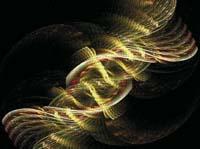
One of the most common applications of computational biology is the identification of genes. In early 2003 the sequencing of the human genome was completed. In this project, the entire human genome was completely sequenced, composed of a billion pairs of bases. However, all this was nothing more than the beginning of an intense work. And it is that the sequence only offers information only and exclusively. It is necessary to process it to identify how many genes there are in this sequence and know its location, among other things. This has been and is precisely the goal of computational biology.
In addition, computational biology has other objectives such as foreseeing the functions of genes, identifying the most relevant genes associated with diseases and their mutations, determining the areas of DNA control or more relevant, etc.
In recent years, DNA or microarrays chip technology has been developed. This technology allows measuring at the same time the expression of thousands of genes. Once these levels of expression have been reached, computational biology processes and analyzes these data for useful information. Among the microarrays related applications are the prediction of the results of chemotherapy in cases of cancer and the identification of genes associated with certain genetic diseases.
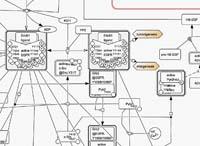
The information obtained from microarrays could also be used in the field of computer systems biology. The expression of proteins is not an independent phenomenon, since some proteins can increase or decrease the expression of others. One of the challenges of computational biology is the reconstruction of a network of systems or genes from the information obtained from the trials of microarrays. In fact, research on this type of networks provides useful information to understand the functioning of the organism and the processes that occur.
To better understand this, let's compare computational biology with automobile engineering, for example. Stopping the car on a slippery road can be a complicated task. If you brake sharply and lock the wheels, you may lose control of the vehicle. The system, known as ABS, has been designed to replace this sudden braking on these slippery roads. In the most advanced cars, each wheel is independently monitored and a control system calculates the pressure to apply to each wheel to slow down the vehicle. This control system requires a model that allows to somehow combine the speed of the wheels with the movement of the vehicle.
In our case, we want to analyze the quantitative functioning of a biological system and control it accurately. The aim of my research is, therefore, to develop computational models of cellular processes for predicting cell behavior and learning to control them. For example, nowadays many diseases cannot be cured with a single drug. They are complex diseases that require an adequate combination of drugs and a personalized treatment. In these combinations, take into account the dose of each drug and, in some cases, the order in which they are added. Of course, with patients you can't try more than one drug until you get proper treatment. Likewise, in cases where the road is very slippery, it is not usual to start trying different forms of braking. In this sense, we want to develop in the near future models that allow to verify the appropriate combinations of drugs for the treatment of certain cancers. For this purpose we will use different mathematical and computational tools.
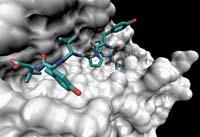
Automotive engineers, for example, design cars from certain components, and experts usually know how the car works if it changes any component. In our case, we need a computational description of the cell process or a model to identify the optimal process to follow in the treatment of a certain disease.
The computational biology of systems presents a great problem with electronic engineering or automobiles. In these engineering firms know well how the components work. In addition, in the case of electronic engineering, for example, the integration of a chip into a system, in general, affects very little the rest of the system components. In biology, things get complicated a bit. In fact, although each component can be analyzed separately, when you contact the rest of the system components, they modify their behavior. What is clear is that the study of biological systems is more difficult than that of static physical systems.
Buletina
Bidali zure helbide elektronikoa eta jaso asteroko buletina zure sarrera-ontzian



